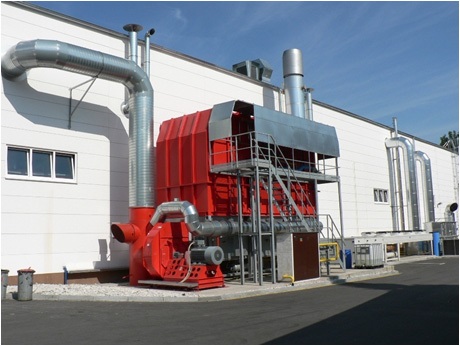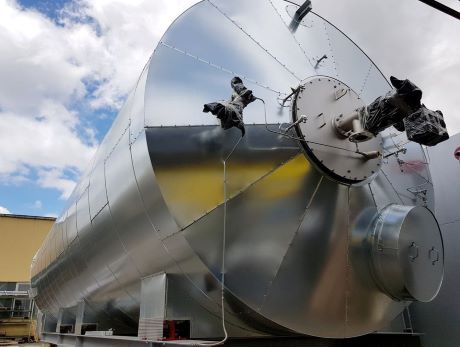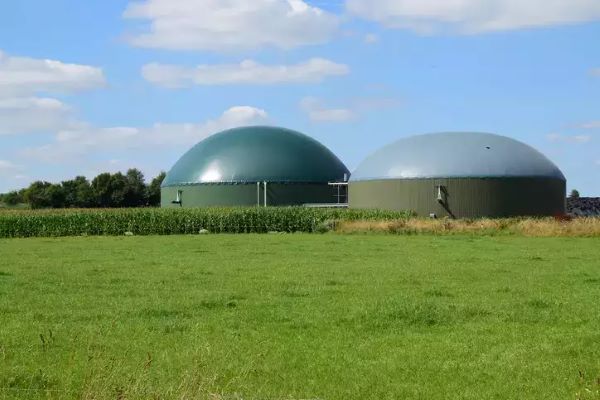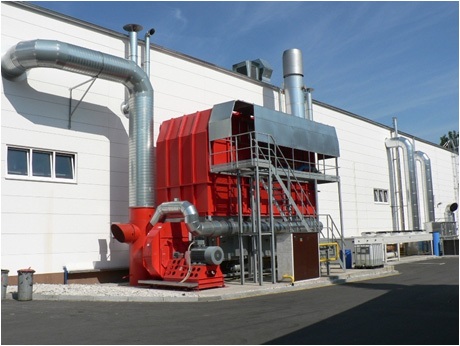Benefits of Computational Fluid Dynamics (CFD) analysis in Pollution control systems
Computational Fluid Dynamics (CFD) analysis plays a vital role in the environmental industry by providing a powerful tool for simulating and understanding fluid flow, heat transfer, and chemical reactions in various environmental systems. This allows engineers to analyze complex processes like air pollution dispersion, water quality, and waste management, ultimately helping to develop more sustainable and effective solutions.
Key Benefits of CFD Analysis for Thermal Oxidisers
RTO Operating Principles : RTO technology captures air emissions from industrial exhaust streams that contain VOCs and HAPs, elevates the airstream to high temperatures to oxidize (transform) the pollutants into CO2 and H2O, and then discharges the purified airstream into the atmosphere. Similar to other oxidizer systems, the effectiveness of an RTO relies on time, temperature, and turbulence. Regenerative thermal oxidizers generally achieve a heat recovery efficiency of 95 percent. This technology boasts the lowest operating costs among all thermal oxidizer systems, along with the longest service life and greatest reliability. Furthermore, an RTO can function without any auxiliary fuel if the process VOC concentration levels are more than 3 to 4 percent below the lower flammability limit (LFL).
Benefits of CFD analysis in RTO design :CFD analysis provides numerous advantages in the design of regenerative thermal oxidizers (RTOs), such as enhanced efficiency, optimized performance, and reduced costs. By modeling the airflow and exhaust gases in the RTO, engineers can acquire a more comprehensive insight into the systems dynamics and refine design parameters prior to physical prototyping, resulting in more efficient and effective RTO units.

Computational Fluid Dynamics (CFD) analysis
Conduction, convection and radiation heat transfer
Reactive and non reactive chemical flows
Fire and smoke propagation studies
Pollution dispersion analysis
Thermal design
Heat transfer hand calculations
Thermal design optimization
Finite Element Analysis
Static, Dynamic analysis
Linear, non- linear analysis



